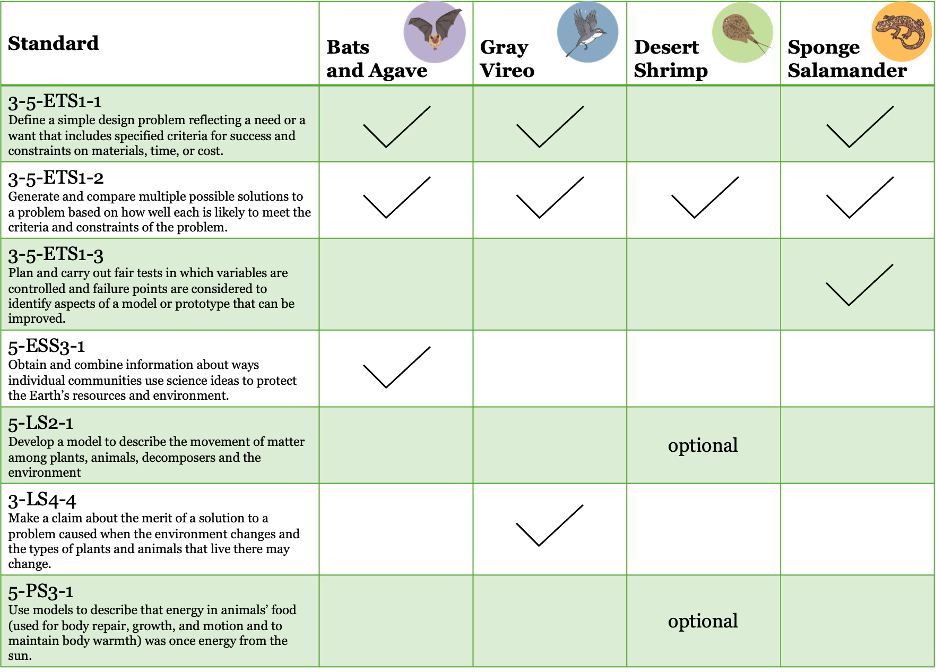New Mexico Wildlife Conservation
Engineering Design in Action for 3rd-5th Grades
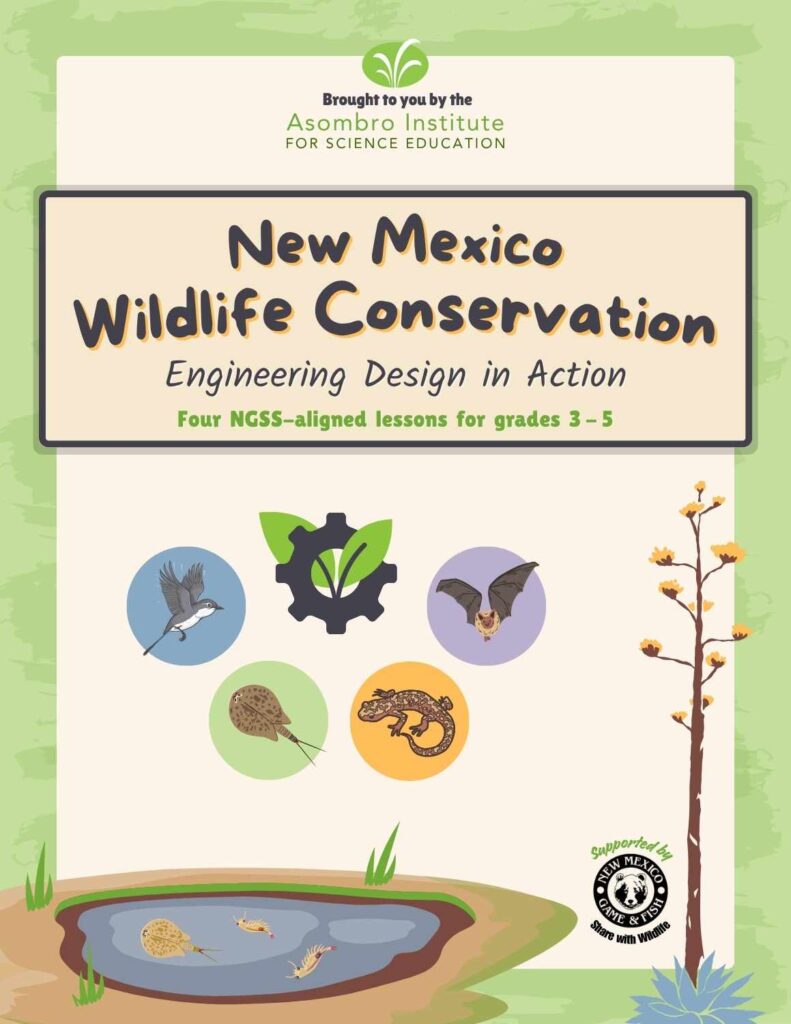
Welcome to Asombro’s Wildlife Conservation lessons for 3rd-5th grades.
These lessons engage students in the engineering design process to solve real-world problems centered around wildlife conservation. In these lessons, students address NGSS 3rd-5th grade engineering design performance expectations and practice science and engineering practices and crosscutting concepts. The lessons also align with Common Core State Standards for Mathematics and English Language Arts.
Each lesson centers on a different New Mexico Species of Greatest Conservation Need, and the challenges they face. Funding for this project was provided, in part, by a grant to Asombro from the Share with Wildlife Program of the New Mexico Department of Game and Fish, contract #25-516-0000-00020.
Download the entire curriculum below.
-
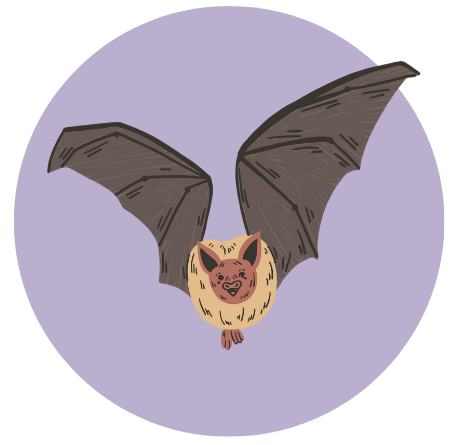 Bats and Agave
Bats and Agave
-
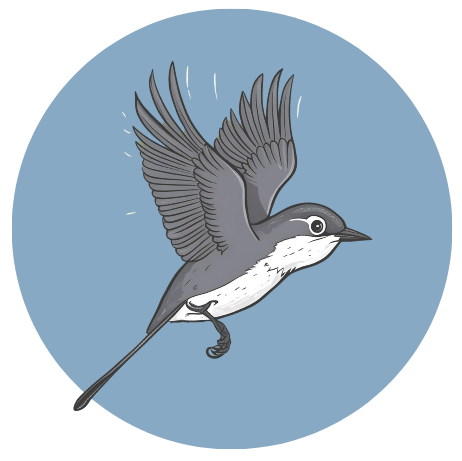 Gray Vireo
Gray Vireo
-
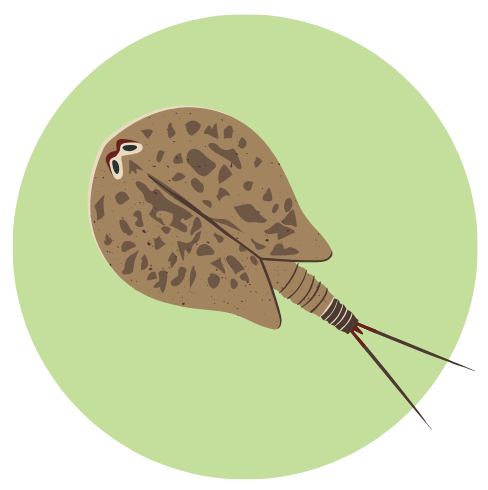 Desert Shrimp
Desert Shrimp
-
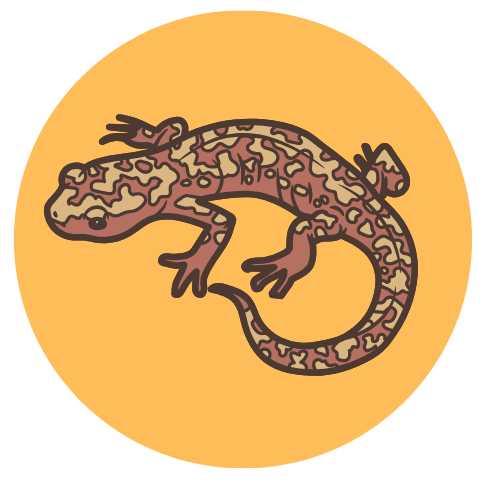 Sponge Salamander
Sponge Salamander
Bats and Agave: Using Science to Protect the Lesser Long-Nosed Bat
In this one-hour lesson, students learn that Lesser Long-Nosed Bats feed on nectar from agave flowers as they migrate from southwest New Mexico to Mexico in the fall. However, the agave habitats they rely on are often threatened by human activities. Students read handouts to learn about one of three bat study methods and view a map showing where their study detected Lesser Long-Nosed Bats. They use this information to select agave habitats on the map that they would want to protect. Students learn how different study methods reveal different information and why sharing data and looking at the results from multiple studies is so important in science.
Gray Vireos: Using Science to Protect a Threatened Species
In this one-hour lesson, students play the role of scientists working for the New Mexico Department of Game and Fish. They work through four steps with the goal of conserving the Gray Vireo (a Species of Greatest Conservation Need) in New Mexico: (1) using a model to count Gray Vireos in two habitats, (2) learning what scientists already know about the species, (3) choosing a limited number of strategies to include in a Gray Vireo Recovery Plan, and (4) comparing their plan to other recovery plans.
Desert Shrimp: Using Science to Protect Playa Shrimp and Their Habitats
In this two-part lesson, students learn how rainwater collects in playas, creating temporary wetland habitats for many desert organisms. They set up a mini-playa in the classroom and observe the changes as several shrimp species hatch and grow. Students learn that runoff carries pollution and litter towards playas. They then use engineering design steps to create a poster that convinces people to reduce pollution to protect desert shrimp.
Optional: Students can observe the food web relationships in the mini playa and construct a playa food web.
Sponge Salamanders: Using Science to Protect Sacramento Mountain Salamanders
In this two-part lesson, students work in teams to plan, design, and build a habitat that will help a “sponge Sacramento Mountain Salamander” retain water for 1 to 3 days. Students calculate the water loss over the course of the experiment and compare their habitat to a control and to other students’ habitat designs. Students discuss the strengths and weaknesses of various designs before determining what changes they would make if they repeated the experiment.

